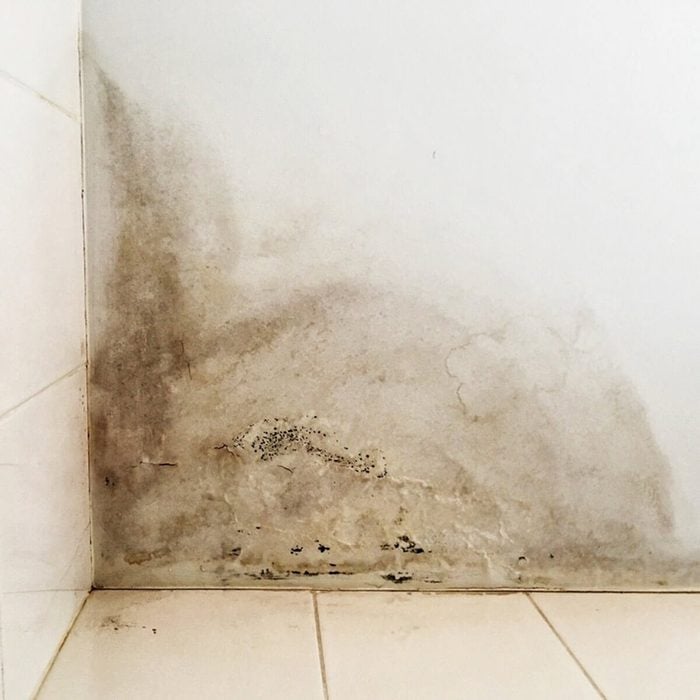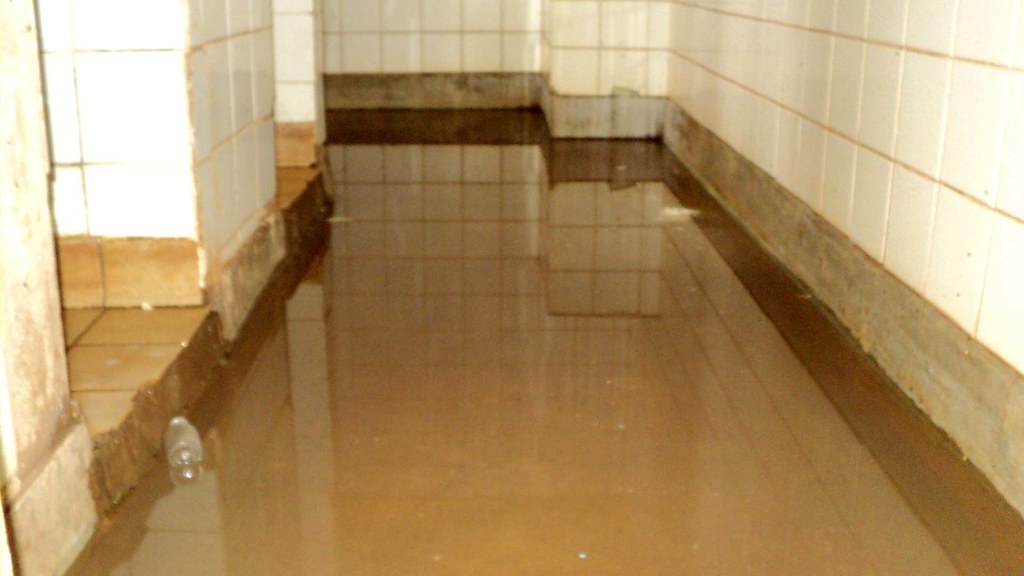Everyone is bound to have their personal piece of advice about How to Install a Bathtub Yourself.

Installing a tub isn't precisely brain surgery, however it does call for strong plumbing, woodworking, and also sometimes, tiling abilities. Replacing an old bathtub with a brand-new one is additionally a reasonably hard task. If the old bathtub is conveniently accessible, the project can move quickly; if you have to open a wall to remove the old tub and position the new bathtub, the task is much harder. In either case, the project is within a home handyman's skills, although you will require an assistant to vacate the old bathtub and also embeded in the brand-new one. Make certain you have qualified yourself for the work and also fit trying it. As opposed to working with a professional to take over a halfway-completed project, it is far better to take into consideration using one prior to you start. Possibilities are you may require an expert plumber to make tube connections.
This article will certainly assist you install a brand-new tub in your restroom if you have actually already bought a brand-new tub and do not need to change the setup of your previous water system pipelines.
Your tools and also material list must comprise the following:
- New Bath tub
- Hammer
- Pipeline Wrenches
- Prybar
- Safety Glasses
- Degree
- Pliers
- Adjustable Wrench
- Putty Blade
- Screwdriver
- Cold Blade
- Tape Measure
- Pipeline Caps
Preparing for the Installment
First of all, the sustaining framework supplied with the bathroom ought to be fitted (if called for) according to the producer's instructions. Next off, fit the taps or mixer to the tub. When fitting the faucet block, it is essential to see to it that if the tap includes a plastic washer, it is fitted in between the bath as well as the taps. On a plastic bathroom, it is also practical to fit a supporting plate under the taps device to avoid pressure on the tub.
Fit the adaptable tap adapters to the bottom of the two faucets using 2 nuts as well as olives (occasionally supplied with the bathtub). Fit the plug-hole outlet by smearing mastic filler round the sink electrical outlet opening, and then pass the electrical outlet through the hole in the bath. Utilize the nut provided by the producer to fit the plug-hole. Take a look at the plug-hole outlet for an inlet on the side for the overflow pipe.
Next off, fit the end of the versatile overflow pipeline to the overflow outlet. After that, screw the pipeline to the overflow face which should be fitted inside the bathroom. See to it you use every one of the provided washers.
Link the catch to the bottom of the waste outlet on the tub by winding the string of the waste outlet with silicone mastic or PTFE tape, and screw on the trap to the electrical outlet. Attach all-time low of the overflow tube in a similar manner.The bath must currently prepare to be fitted in its final position.
Removing Old Taps
If you require to change old faucets with brand-new ones as a part of your installment, after that the first thing you should do is disconnect the supply of water. After doing so, turn on the taps to drain any type of water staying in the system. The procedure of getting rid of the existing faucets can be fairly bothersome as a result of the limited accessibility that is often the case.
Use a basin wrench (crowsfoot spanner) or a tap tool to undo the nut that connects the supply pipes to the taps. Have a cloth ready for the remaining water that will come from the pipes. Once the supply pipes have actually been gotten rid of, make use of the very same device to loosen up the nut that holds the faucets onto the bath/basin. You will certainly need to stop the single taps from turning during this procedure. As soon as the faucets have actually been eliminated, the holes in the bath/basin will have to be cleaned of any old securing substance.
Prior to carrying on to fit the new taps, compare the pipeline links on the old faucets to the new taps. If the old taps are longer than the brand-new faucets, then a shank adapter is needed for the brand-new faucets to fit.
Mounting the Bath tub
Making use of both wood boards under its feet, put the tub in the needed setting. The wooden boards are useful in evenly spreading out the weight of the bath tub over the area of the boards instead of focusing all the weight onto 4 little points.
The next objective is to make sure that the tub is leveled all round. This can be achieved by examining the level and also readjusting the feet on the bath tub up until the spirit level reads level.
To mount faucets, fit all-time low of the furthest flexible faucet adapter to the proper supply pipe by making a compression join; then do the very same for the various other tap.
Switch on the water supply and also inspect all joints as well as new pipework for leakages and also tighten them if needed. Fill up the bathtub as well as likewise inspect the overflow outlet and also the typical outlet for leakages.
Lastly, repair the bath paneling as defined in the supplier's instruction manual. Tiling as well as sealing around the tub ought to wait till the tub has actually been utilized at the very least when as this will settle it right into its final setting.
Fitting New Touches
If the tails of the new taps are plastic, after that you will require a plastic port to prevent damages to the thread. One end of the adapter fits on the plastic tail of the tap and the other end gives a connection to the current supply pipes.
If you require to fit a monobloc, then you will certainly require decreasing couplers, which attaches the 10mm pipe of the monobloc to the typical 15mm supply pipe.
Next, place the tap in the installing opening in the bath/basin making sure that the washers remain in area between the faucet and also the sink. Protect the faucet in place with the producer offered backnut. As soon as the tap is firmly in place, the supply pipelines can be connected to the tails of the faucets. The taps can either be linked by utilizing corrugated copper piping or with typical faucet connectors. The previous kind should be linked to the faucet ends initially, tightening up only by hand. The supply pipes can later on be connected to the other end. Tighten up both ends with a spanner after both ends have actually been connected.
Tiling Around the Bathtub
In the area where the bathroom fulfills the tile, it is needed to seal the joins with a silicone rubber caulking. This is necessary as the fitting can relocate sufficient to break a stiff seal, creating the water to penetrate the wall surface in between the bath as well as the tiling, bring about complications with moisture and also possible leaks to the ceiling listed below.
You can pick from a variety of coloured sealants to assimilate your components and also fittings. They are sold in tubes and cartridges, as well as can securing voids approximately a size of 3mm (1/8 inch). If you have a bigger gap to fill, you can fill it with twists of drenched newspaper or soft rope. Remember to always load the bath tub with water before sealing, to enable the motion experienced when the bathtub remains in use. The sealant can break relatively very early if you do not take into account this movement before sealing.
Additionally, ceramic coving or quadrant floor tiles can be made use of to edge the bath or shower tray. Plastic strips of coving, which are easy to use and cut to size, are likewise quickly readily available on the marketplace. It is advisable to fit the tiles using water-resistant or water resistant sticky as well as grout.
Bathtub Installation
How Important Is A Bathtub To Your Home?
High-quality baths, showers, and other bathroom updates are necessary when considering a smart investment in your home. It’s a room that you go to every day and one that is constantly being used by guests.The bathroom is one of the top trafficked rooms in a home and also one of the most valuable in terms of home resale.
Install Piping Before Tub
You will be using your existing drain and waste vent system, but pipes required include the hot and cold water supply lines and a pipe leading to a shower head. A mixing valve and shower head are also needed. Air chambers may be required.
Position the Tub
Lower the tub into place so that the continuous flange fits against the wall studs and rests on 1’x4' or 2’x4' supports. Anchor the tub to the enclosure with nails or screws inserted through the flanges into the studs.
NOTE: Remember, bathtubs and shower stalls may require support framing. A bathtub filled with water is extremely heavy, so check building codes and framing support before installing the tub.
Assemble Drain Connections
Assemble the bathtub drain connections by connecting the tub overflow with the tub drain above the trap, not beyond it. The trap will have a compression fitting that screws over the arm of the overflow assembly.
Place a Pipe For the Shower Head
First, locate a brass female threaded winged fitting and attach it to a framing support via a screw or a nail. Then run a pipe up the wall for the shower head. Sweat or solder the other side of the brass fitting to the top of the pipe.
Attaching Hot and Cold Water Lines
Attach your water lines for both hot and cold by sweating these directly into the hot and cold ports of the mixing valve. The mixing valve will be how water enters the tub’s system, not by the pipes themselves.
Install the Spout
Extend a piece of 1/2 inch pipe, or whichever length is specified in the manufacturer’s instructions, for the tub spout. Sweat on a male threaded fitting at the end of the pipe or use a brass nipple of the proper length and a 1/2 inch cap.
NOTE: At this point you should have your rough-in plumbing work inspected before proceeding further.
Check For Leaks
Restore the water pressure and check the drain connection and the supply pipes for any sign of leaking.
estore the Bathroom Wall
Replace the wall with moisture-resistant drywall as a base for your wall covering. Seal the joints between the wall and your new tub with silicone caulk as protection against water seepage.
https://www.berkeys.com/2016/12/02/bathtub-installation-dallas/

I recently found that piece on How to Install a Bathtub Yourself while doing a search on the internet. Appreciated our piece? Please share it. Let other people check it out. Thanks for your time. Visit us again soon.
View More

